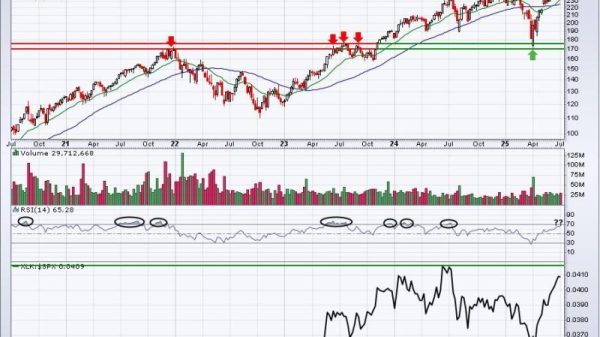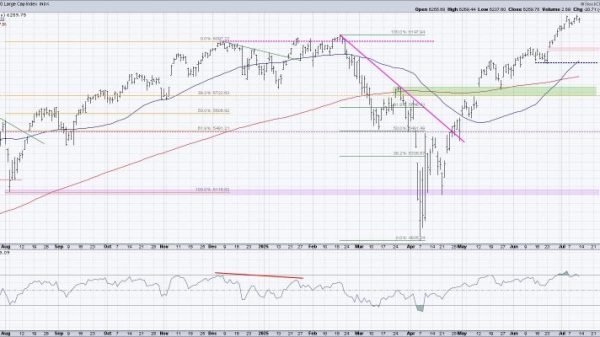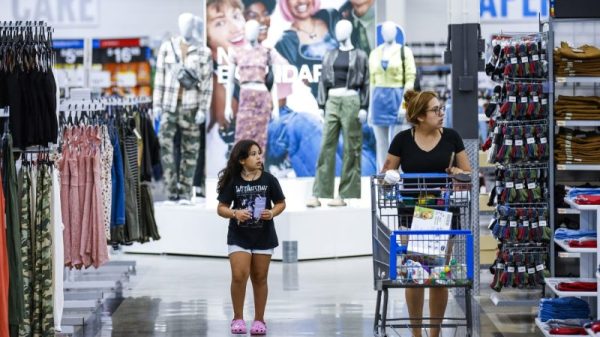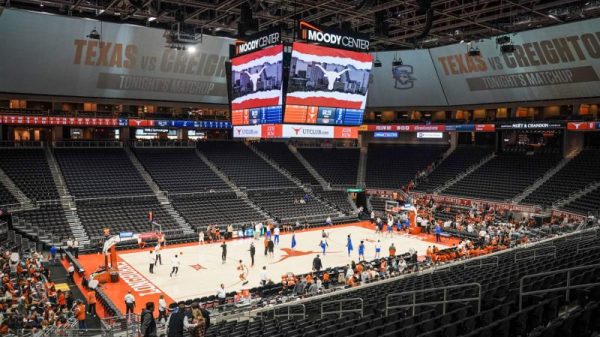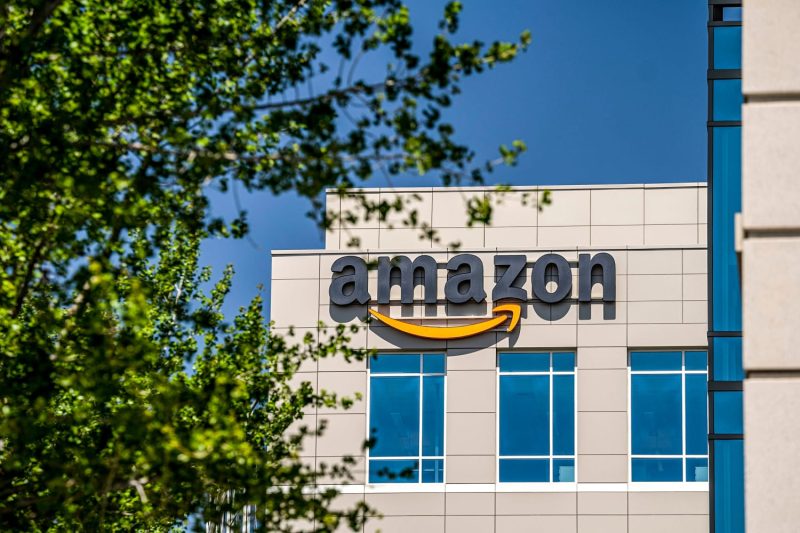In a surprising move, Amazon has announced the decision to shut down its speedy brick-and-mortar delivery service in certain regions. The decision to close down the service in cities such as New York and Philadelphia comes as a strategic shift for the e-commerce giant, which has been rapidly expanding its delivery services in recent years. This decision has sparked a mix of reactions, with some customers expressing disappointment while others see it as a necessary step for Amazon to realign its operations.
One of the key reasons cited for the closure of Amazon’s brick-and-mortar delivery service is the increased competition from local retailers and delivery services. While Amazon initially positioned itself as a convenient and reliable option for same-day deliveries, the rise of other delivery services providing similar options has put pressure on the company to reevaluate its approach. The closure of the brick-and-mortar delivery service is seen as a way for Amazon to focus on its core e-commerce business and optimize its delivery operations.
Additionally, the impact of the COVID-19 pandemic on consumer behavior and shopping habits cannot be overlooked in this context. The pandemic has accelerated the shift towards online shopping, with more consumers opting for the convenience and safety of having goods delivered directly to their doorstep. This shift has led Amazon to reassess its delivery strategies and prioritize investments in its online platforms and fulfillment centers.
Another factor that may have influenced Amazon’s decision to shut down its brick-and-mortar delivery service is the evolving landscape of retail and e-commerce. The rise of online marketplaces and digital platforms has created new opportunities for businesses to reach customers directly, without relying on physical storefronts. By focusing on its online presence and streamlining its delivery network, Amazon aims to stay competitive in an ever-changing market.
Despite the closure of its brick-and-mortar delivery service in select cities, Amazon remains committed to providing fast and efficient delivery options for its customers. The company continues to invest in technology and logistics to improve the delivery experience and meet the growing demand for e-commerce services. As Amazon adapts to the changing retail landscape, it is likely that we will see further innovations and enhancements in its delivery services in the future.
In conclusion, Amazon’s decision to shut down its brick-and-mortar delivery service reflects the company’s strategic priorities and response to market dynamics. By focusing on its core e-commerce business and optimizing its delivery operations, Amazon aims to stay competitive in a rapidly evolving retail landscape. While the closure of the brick-and-mortar service may disappoint some customers, it is ultimately a necessary step for Amazon to realign its operations and ensure sustainable growth in the long term.




